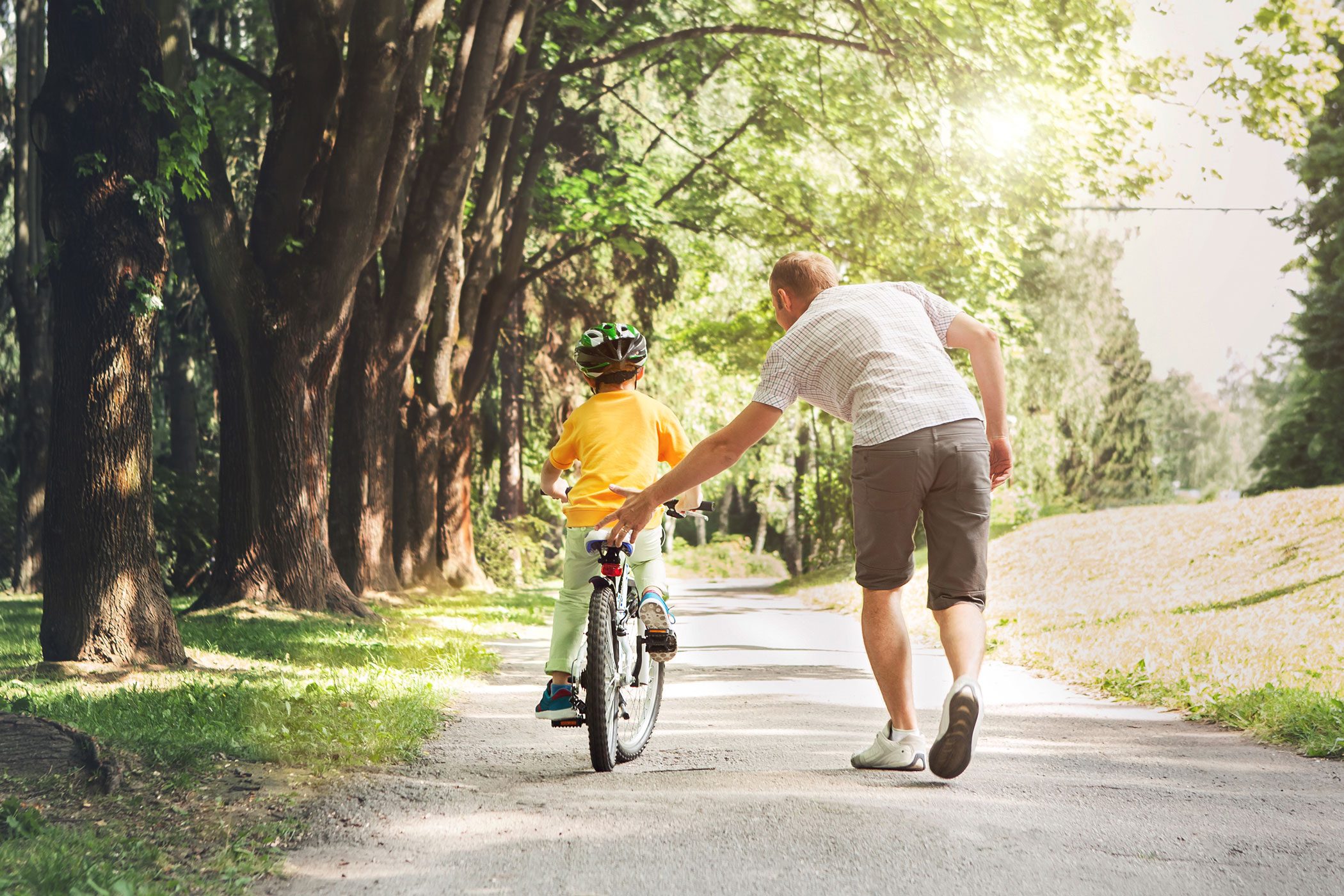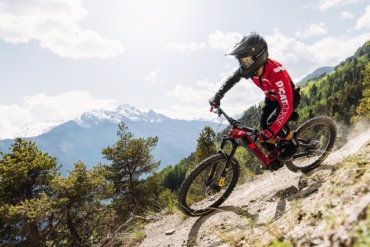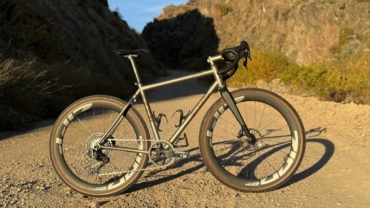Most parents’ memories of learning how to ride a bike consist of fear, frustration, and some battle wounds before they finally got that sweet feeling of freedom. Thankfully, with the phasing out of training wheels and the popularity of balance bikes, parents are seeing their little ones make the switch to pedals as if it were second nature.
Instead of tears, there are ear-to-ear smiles and whoops. My 4-year-old made the switch a few weeks ago. I was astonished when after his second try with me spotting him, he squealed, “Mama, let go!” And now, to my heart’s delight, all he wants to do is ride.
After my experience with my son, I thought I would write up some tips and steps for those who are about to take the leap or who are curious about why balance bikes are taking over.
Training Wheels: Do You Need Them?
Balance bike kids never need to use training wheels because balance bikes teach kids everything they need to know about riding a bike. The hardest part about learning how to ride a bike is learning how to balance, steer, and stop.
Pedaling is actually the easiest and most intuitive part of riding a bike. So, after a few months or years of using a balance bike, kids are mostly fluent in the language of biking.
And, as the last piece, pedaling takes only a few tries because all the hard work of balancing and steering is ingrained in them already!
Training wheels, on the other hand, only teach kids how to pedal. And because they are so heavy and not great on uneven surfaces, it actually does more of a disservice to their confidence and natural ability to learn balance and steering.

From Balance Bike to Pedal Bike
While the transition from balance to pedal bike can be easy, it is not the same for every kid. Some are more cautious than others and that is a-ok.
Before you start with the following steps, my overarching advice is to be patient and encouraging. It will happen — maybe sooner (or later) than you expected — but your little one will get there and learn a ton along the way!
1. Make Sure They’re Ready
After your kid has been on the balance bike for a while, they likely will show more signs of mastering the skill of balance by lifting their feet off the ground for longer periods of time.
Another sign that they are ready for pedals is their mastery of steering. You can test this by putting cones down in a line 6 to 7 feet apart from one another. If they can easily swerve in between the cones without putting their feet down or braking, they have for sure mastered one of the hardest skills of riding a bike!
2. Learn How to Stop Before They Ride
Making sure my son knew how to use the brake was very important to us. Once we graduated him to a pedal bike, we knew that putting his feet on the ground to stop would not always be available — or the safest option.
While there are pedal bikes with coaster brakes, I am a firm believer in front brakes instead, as many kids pedal backward to regain their balance and coast. If instead they pedal backward and it stops the bike, kids will fall over instead.
3. Ride Time! Equipment Matters
When making the switch to a new bike, make sure their new pedal bike is very similar to their balance bike. For our son, we got the next size up from his favorite balance bike.
We lowered the seat as low as it could go. Then we took the pedals off so that he could ride around on it and get used to the bigger wheels and frame.
We also made sure that it was only a tad heavier than his balance bike. Many balance bikes are much lighter than run-of-the-mill Target pedal bikes out there.
If you want your little one’s transition to be seamless, consider spending a bit more money and getting a light first pedal bike. Our favorites are Woom and Strider.

4. Gently Coax Them, but Don’t Be Forceful
Depending on your kid’s personality, they may be chomping at the bit to go, or they may be a bit reluctant to take on the transition. You know your kid best, so guide them accordingly.
5. Take Them to a Pump Track or a Park Where There Are Kids Their Age
Our son is the oldest on our neighborhood street, so he was more than happy to be on his balance bike with his younger friends. However, after an older friend of his came by for a visit and showed off her skills, he promptly asked us to put the pedals back on his bike.
He had grown up riding on our bikes and even heard us ask multiple times, “Are you ready to pedal a bike like Mama and Daddy?” But, it never really clicked for him that he, too, could pedal a bike until he saw someone his size rip around on one.
6. Gentle Support Is OK for the First Little While
If your kid is like mine and is fairly cautious about new things, don’t hesitate to give them a little hands-on support.
However, if you give too much, then they will never learn to pedal on their own. To help them get on the bike, you can hold the handlebars or underneath their bike seat. But, once they feel comfortable, switch to having a light hand between their shoulder blades.
This gentle touch can be reassuring to them as they get their bearings on the new bike. Once they start pedaling, though, keep lightening your touch until you are barely there. And be ready for the, “Let go, Mom/Dad!”
7. Don’t Get Rid of the Balance Bike Right Away
Even though Max is very competent on his pedal bike, every so often he still asks for us to get the balance bike out for him. I have noticed that he first likes to try harder or bigger things on his smaller balance bike. And then the next day, he’ll take out his bigger bike.
Also, for longer hikes where we know he will tire out and we will end up carrying it, we still opt for the lighter balance bike.
Woom vs. Strider
For smaller and younger kids, we found that the Woom bikes were much more maneuverable and lighter. The step-through height is a nonissue for many one-year-olds and older. We love the fact that it has a front brake so that kids start to learn right from the start how to use it.
Striders are great for bigger kids who can handle a little more weight. These bikes are indestructible and less expensive than the Woom bikes.
Also, if you don’t care about the front brake, or want to transition your kid to coaster back brakes, their pedal bikes are set up this way.

Safety First
Teaching your kid bike safety from the very first time they get on a bike, whether it is on your bike or their own balance bike, is huge.
1. Make Safety a Habit
As soon as my kids head out the door, there is a 95% chance that they are going to beeline it right for their bikes, so part of our dress code is a helmet. At first, they moaned and groaned, but now they yell at me if I forget their helmet!
2. Develop a System and Make It Fun!
Even though we live in a super safe neighborhood, I rely heavily on our systems when we are away from home. If anyone sees or hears a car, we all yell, “Car!” and move to the side of the road. As the car passes, we make a point to wave and then yell, “Game on!”
And for stopping, going, and coming back, we play red light, green light, blue light, and black light. Red and green mean stop and go, blue means come back (to whoever yells it) and black light (which my son made up) means dance party!
3. Check Your Kids’ Bikes Every So Often
Just as you hopefully check your wheels, handlebars, and seat every other ride, do the same for your kids’ bikes. Kids are often harder on their bikes than we are on ours.
After every crash, and every other day, we make it a point to check our kids’ bikes. And now our kids are doing it themselves!








